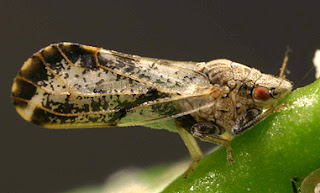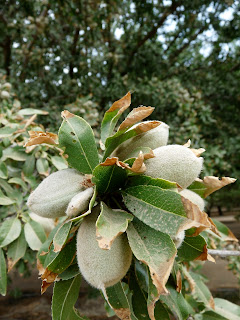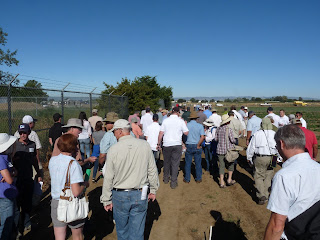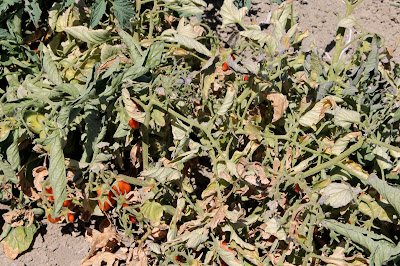Farm Workers are Targeted to Grow Illegal Weed
 |
| Manuel Cunha, President of Nisei Farmers League, Fresno. |
Recently, marijuana has been found on rangelands on the West Side. Furthermore, a high profile bust happened in southeast Fresno where the crop was planted among two acres in a carved-out area of a cornfield. During the raid by the Fresno County Sheriff Department, a suspect, a reputed gang member, was found with a gunshot wound, after an exchange of gunfire from a vehicle that had apparently just sped by the scene.




















